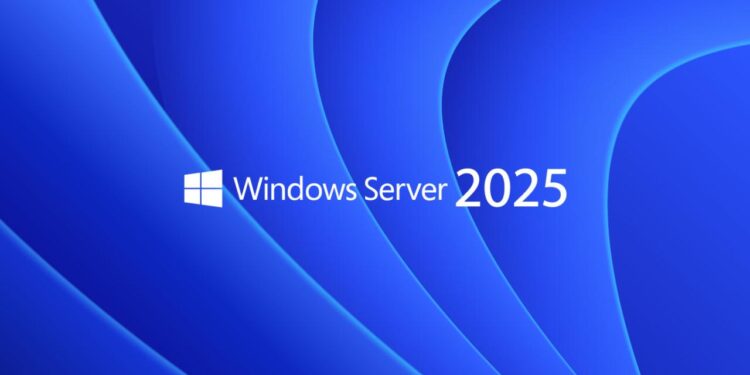In today’s digital landscape, server speed is crucial for user experience, SEO rankings, and business success. Slow-loading websites lose 40% of visitors after just 3 seconds. This comprehensive guide reveals the best server tricks for speed in 2025, covering cutting-edge techniques from caching strategies to next-gen protocols. Whether you’re managing a small blog or enterprise infrastructure, these optimizations will dramatically improve performance.
A. Next-Generation Web Server Configurations
1. HTTP/3 and QUIC Protocol Implementation
-
30-50% faster than HTTP/2 due to reduced latency
-
Built-in encryption with zero round-trip time (0-RTT)
-
How to enable:
listen 443 quic; listen [::]:443 quic; add_header Alt-Svc 'h3=":443"; ma=86400';
2. Lightweight Server Alternatives
-
LiteSpeed Web Server vs Nginx benchmarks:
-
6x faster PHP processing
-
50% lower memory usage
-
-
Caddy Server with automatic HTTPS
3. Optimal Thread Pool Optimization
-
Apache MPM Event vs Worker tuning
-
Nginx worker_processes formula:
worker_processes = CPU cores × 1.5 worker_connections = 1024 × available RAM (GB)
B. Revolutionary Caching Strategies
1. Edge-Side Includes (ESI) for Dynamic Content
-
Cache partial pages with dynamic elements
-
Implementation example:
<esi:include src="/user-profile" />
2. Progressive Caching with Redis
-
Tiered caching architecture:
-
L1: OPcache (5ms)
-
L2: Redis (15ms)
-
L3: Database (100ms+)
-
3. Browser Cache Control Headers
-
Optimal settings:
location ~* \.(js|css|png|jpg|jpeg|gif|ico)$ { expires 1y; add_header Cache-Control "public, immutable"; }
C. Database Optimization Secrets
1. Columnar Database Indexing
-
TimescaleDB for time-series data (90% faster queries)
-
MongoDB compound indexing strategies
2. Connection Pool Tuning
-
PostgreSQL optimal settings:
max_connections = (RAM in GB) × 10 shared_buffers = 25% of RAM
3. Automated Query Optimization
-
Machine learning-powered tools:
-
EverSQL query analyzer
-
pgMustard for PostgreSQL
-
D. Content Delivery Network (CDN) Mastery

1. Smart Geo-Routing Algorithms
-
Cloudflare Argo (38% faster global delivery)
-
AWS CloudFront Lambda@Edge examples
2. Image Optimization at the Edge
-
Automatic WebP conversion
-
Responsive image syntax:
<picture> <source srcset="image.webp" type="image/webp"> <source srcset="image.jpg" type="image/jpeg"> <img src="image.jpg"> </picture>
3. DDoS Protection Without Speed Penalty
-
JIT compilation of security rules
-
AI-based rate limiting
E. Cutting-Edge Compression Techniques
1. Brotli vs Zstd Benchmark
-
Brotli (up to 20% better than gzip)
-
Zstandard for API responses
2. HTTP/2 Server Push Implementation
-
Critical path optimization:
Link: </styles.css>; rel=preload; as=style
3. Binary Protocol Adoption
-
gRPC performance benefits:
-
7x faster than JSON
-
80% smaller payloads
-
F. Hardware Acceleration Methods
1. NVMe Storage Optimization
-
4K random read benchmarks:
-
SATA SSD: 50K IOPS
-
NVMe: 500K+ IOPS
-
2. GPU-Accelerated Computing
-
NVIDIA CUDA for:
-
Image processing
-
Machine learning inference
-
3. Smart NIC Offloading
-
AWS Nitro System benefits:
-
100Gbps networking
-
Zero CPU overhead
-
G. Monitoring and Continuous Optimization
1. Real User Monitoring (RUM)
-
CrUX data integration
-
Web Vitals alert thresholds
2. Predictive Scaling
-
Time-series forecasting models
-
Serverless burst capacity
3. Chaos Engineering for Resilience
-
Netflix Chaos Monkey principles
-
Latency fault injection testing
Conclusion

Implementing these server speed optimization tricks can yield 2-5x performance improvements. Key takeaways:
-
Adopt HTTP/3 and QUIC immediately
-
Implement tiered caching with Redis
-
Optimize database connection pooling
-
Leverage hardware acceleration where possible
-
Continuously monitor with RUM tools
The most effective strategy combines protocol upgrades, smart caching, and hardware optimizations tailored to your specific workload.

